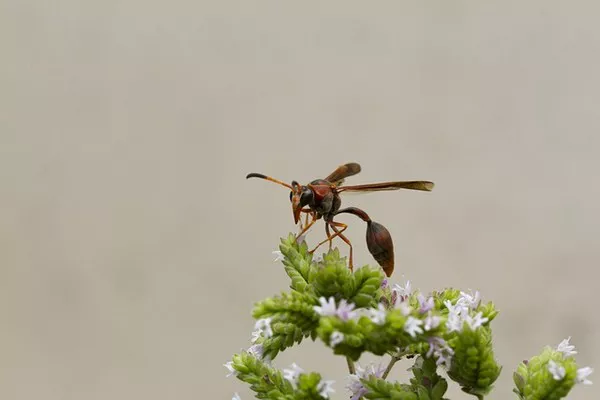Creating a garden that not only appeals to the eye but also welcomes enchanting butterflies is a rewarding endeavor. Butterflies are not only beautiful to behold but also important pollinators that contribute to a healthy ecosystem. To attract these graceful creatures to your outdoor space, consider incorporating flowers that are known to captivate and nourish them. In this article, we’ll delve into a variety of flowers that butterflies can’t resist, turning your garden into a haven of fluttering wonders.
1. Butterfly Bush (Buddleja spp.) – A Fragrant Attraction
Butterfly bushes, aptly named, are a favorite among both gardeners and butterflies. Their cone-shaped clusters of nectar-rich blooms emit a sweet fragrance that beckons butterflies from afar. Available in a range of colors, including purples, pinks, and whites, these bushes provide ample landing pads for butterflies to sip nectar and bask in the sunlight.
2. Purple Coneflower (Echinacea purpurea) – A Bold Invitation
Purple coneflowers are not only visually striking but also a magnet for butterflies. Their bold, daisy-like blooms with prominent cone centers offer a substantial source of nectar. As an added bonus, these blooms also produce seeds that attract birds, creating a harmonious and lively ecosystem within your garden.
3. Milkweed (Asclepias spp.) – A Vital Host Plant
Milkweed is not only a nectar source for butterflies but also a critical host plant for monarch butterflies. Monarchs lay their eggs on milkweed leaves, which serve as a food source for caterpillars. Incorporating different varieties of milkweed, such as common milkweed and swamp milkweed, can provide sustenance for both adult butterflies and their larvae.
4. Zinnia (Zinnia spp.) – Radiant Beauty
Zinnias are renowned for their vibrant colors and long-lasting blooms, making them a popular choice for butterfly gardens. Their flat, daisy-like heads provide ample space for butterflies to perch while feeding. Zinnias come in various sizes and colors, allowing you to create a visually appealing and butterfly-friendly display.
5. Lantana (Lantana spp.) – A Riot of Colors
Lantanas are a kaleidoscope of colors that attract butterflies with their profusion of tiny, nectar-rich flowers. These shrubby plants are low-maintenance and thrive in warm climates. Their clusters of blooms continuously produce nectar, making them a favorite feeding spot for butterflies throughout the growing season.
6. Verbena (Verbena spp.) – Energetic Blooms
Verbena’s delicate, densely packed flower clusters are a feast for the eyes and a haven for butterflies. These plants thrive in full sun and are available in a variety of shades, from soft pastels to vibrant hues. Verbena’s continuous blooming cycle ensures a steady supply of nectar for visiting butterflies.
7. Marigold (Tagetes spp.) – A Splash of Color
Marigolds not only add a splash of color to your garden but also attract butterflies with their bright and cheerful blooms. These flowers emit a scent that repels certain garden pests while attracting butterflies and other pollinators. Marigolds are available in various sizes, including compact varieties suitable for containers.
8. Joe-Pye Weed (Eutrochium spp.) – Tall and Majestic
Joe-Pye weed, with its towering stature and fluffy flower clusters, creates a majestic presence in any butterfly garden. This perennial plant produces abundant nectar, attracting a wide variety of butterfly species. Its height makes it a valuable addition to the background of your garden, adding visual interest and attracting attention from afar.
Conclusion
Creating a butterfly-friendly garden is a wonderful way to invite the magic of these delicate creatures into your outdoor space. By incorporating a diverse selection of flowers that offer nectar, host plants, and vibrant colors, you can establish a haven that not only nourishes butterflies but also adds beauty and vitality to your surroundings. Whether you opt for the sweet scent of butterfly bushes or the bold allure of zinnias, your garden will become a haven of fluttering wings and natural wonder.


